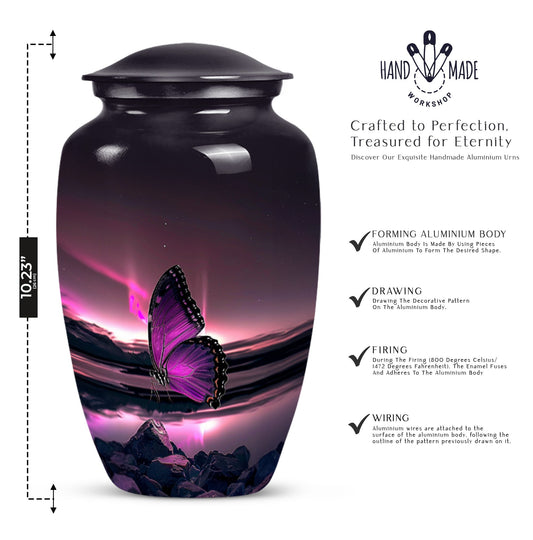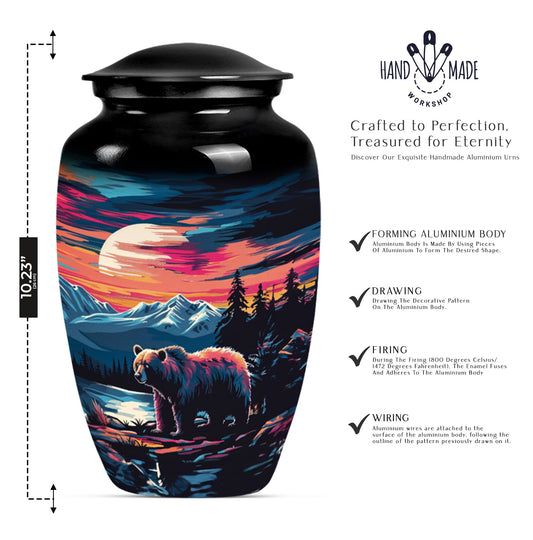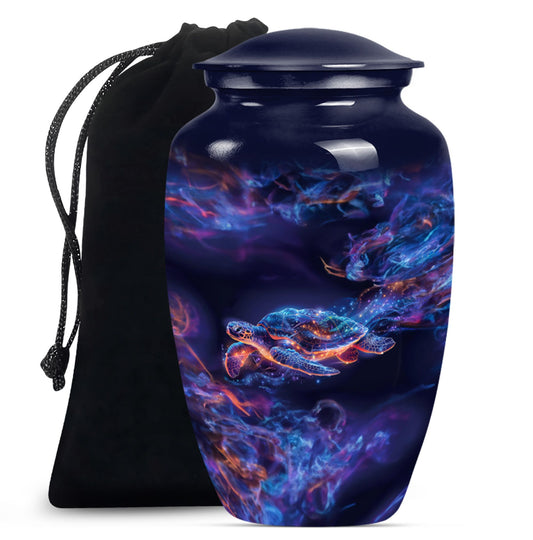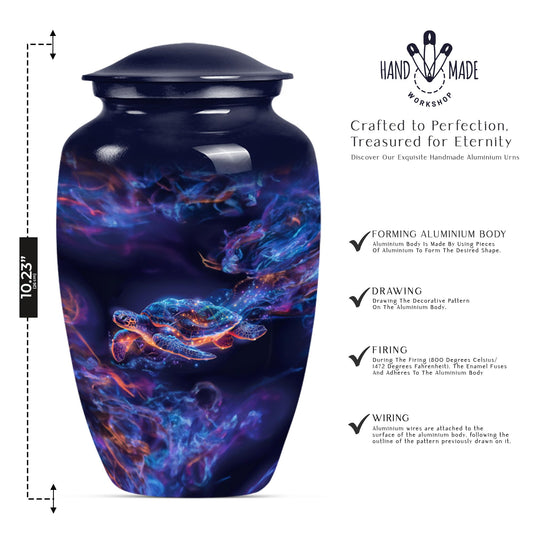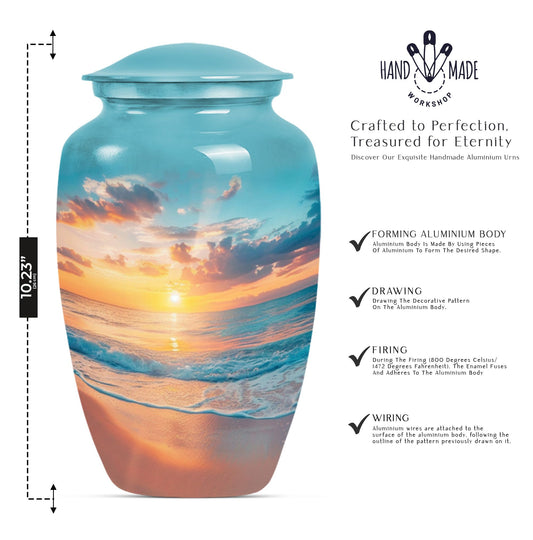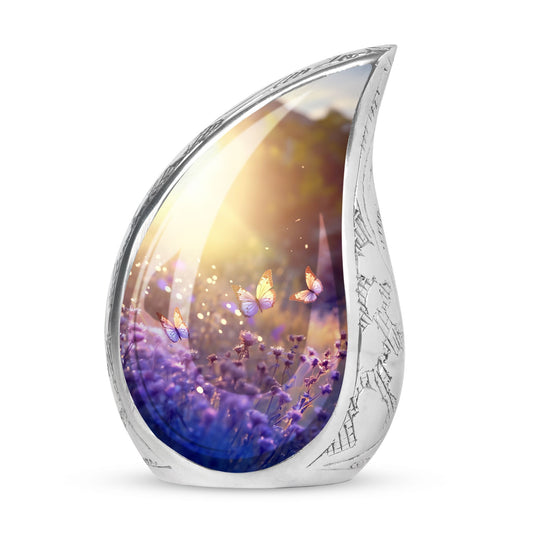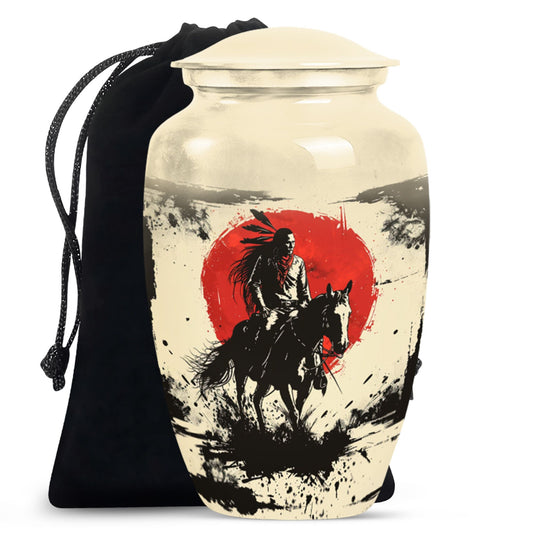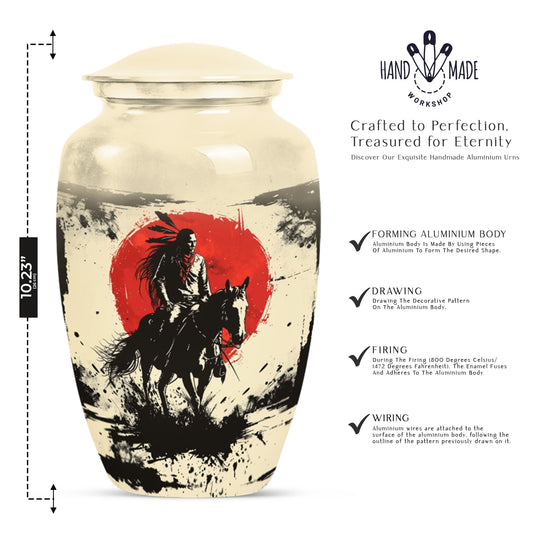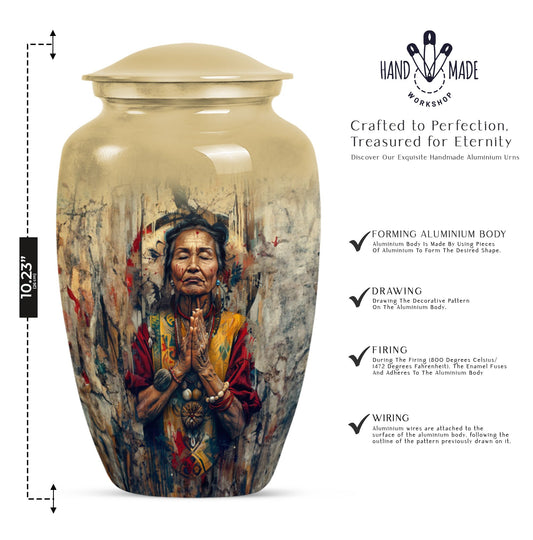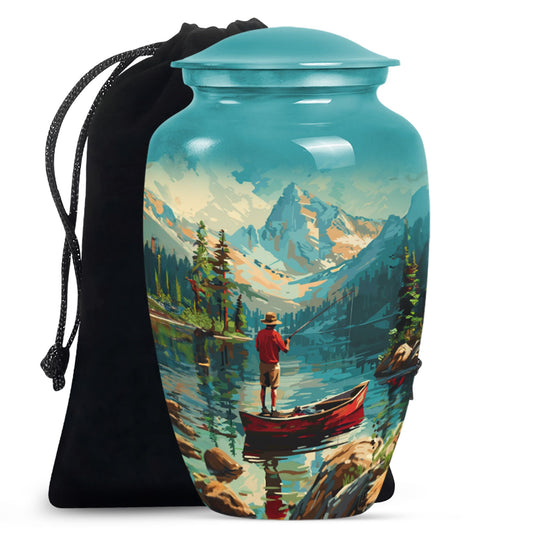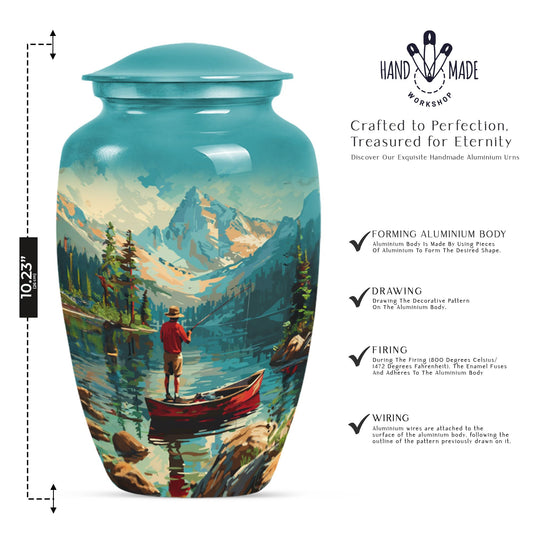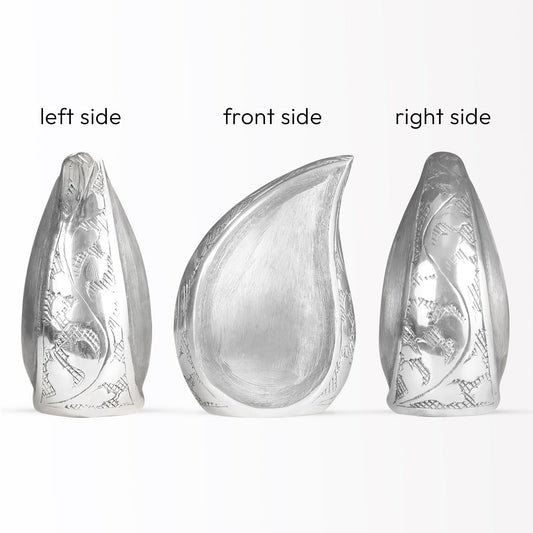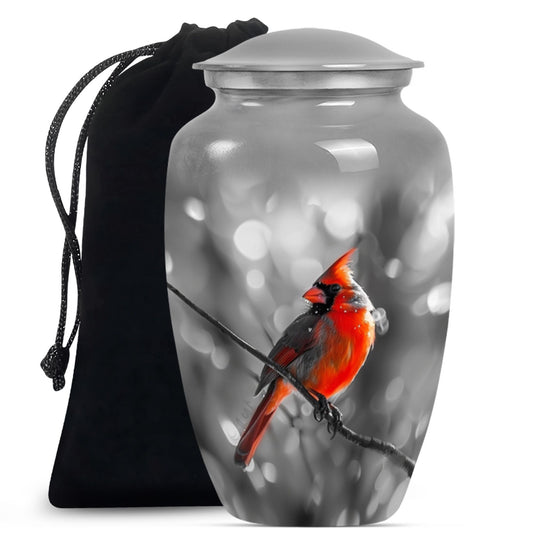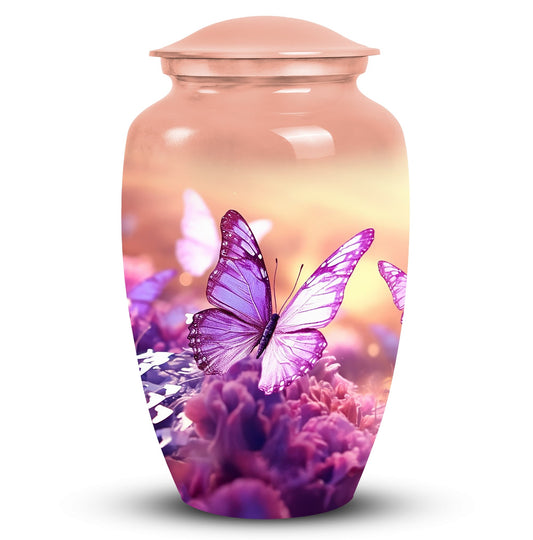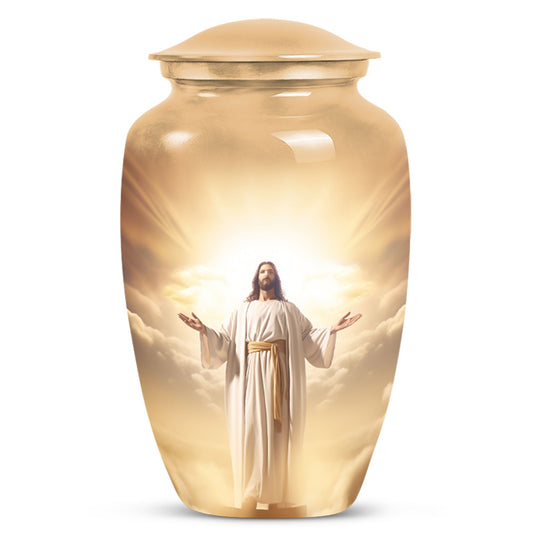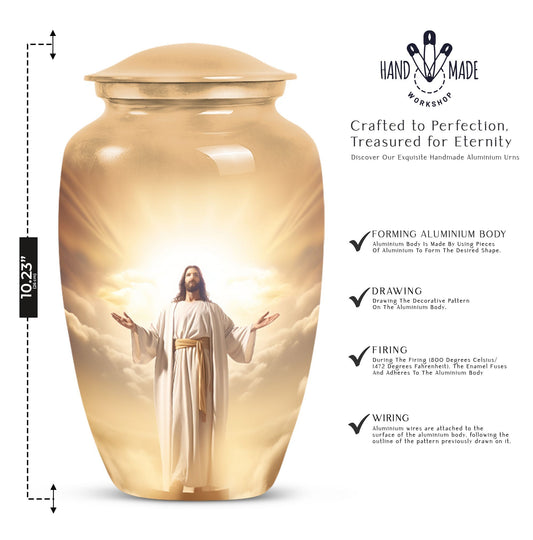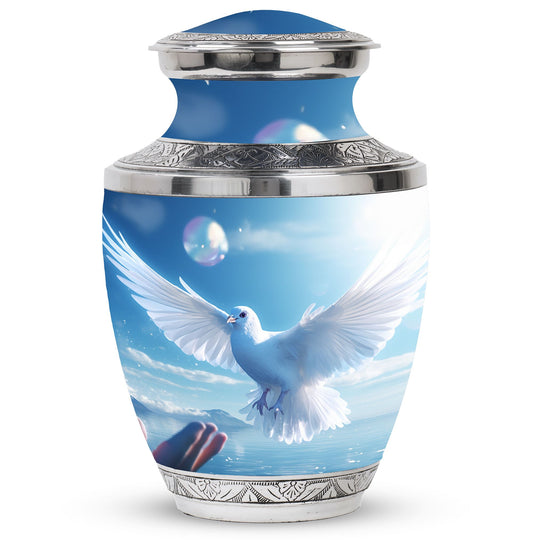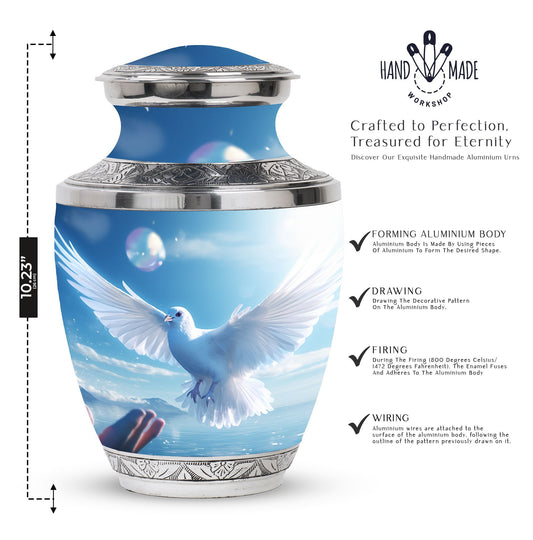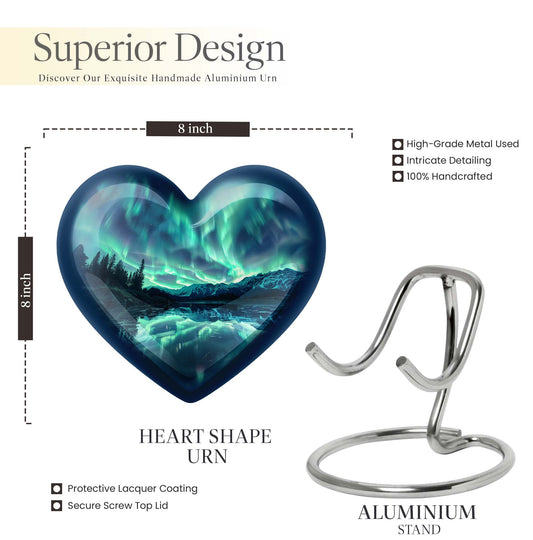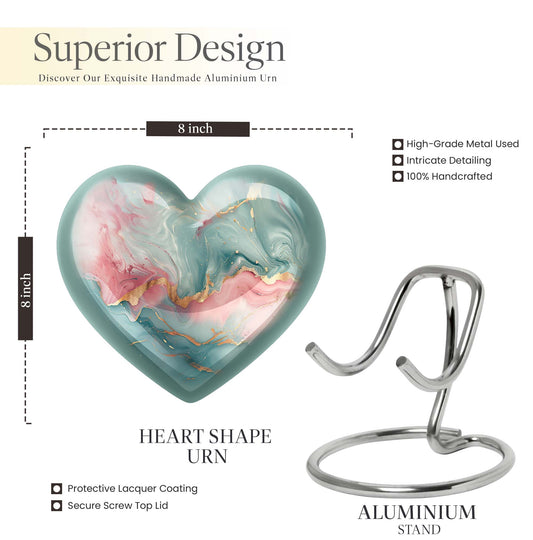Popular Urns
Wooden Cremation Urns: Types And Attributes

Apart from aesthetics, material is one of the primary aspects through which emotional importance can be derived when making the right decision to choose an appropriate cremation urn. Wooden cremation urns lend that sense of warmth and natural charm.
Below are five common types of wood used in the making of cremation urns-cherry, maple, mahogany, oak, and walnut-and their merits and demerits.
Cherry: Timeless Elegance

Pros: Cherry wood is a good wood with deeper, warmer tones that mature beautifully. Fine grains in the cherry wood help in making intricate carvings and smooth finishes, thus making it popular for custom urns.
Cons: Cherry wood might cost more than any other wood, and it easily scratches. Changes in color texture because of deepening color are something that some people do not prefer.
Maple: Versatile and Long-Lasting
Advantages: Maple is hardwood with light color, very fine grain, and smooth surface, thus becoming excellent subject to engrave or personalize. Maple urns can fit in almost all decoration styles. It ranges from modern themes to traditional themes.

Disadvantages: Despite the fact that maple is quite resilient, the color tone is not as deep as that found in the darker varieties; some families find this an eyesore. Overall, its light color seems to reveal dust and fingerprints quickly.
Mahogany: Plush and Rich
Advantages: Mahogany is much in demand as it has rich reddish-brown color and possesses very good grain pattern. It can suffer warping and hard-wearing. But still, it is worth for everlasting memorials. It looks decadent and provides a dignified appearance to the atmosphere.
Disadvantages: Mahogany is generally one of the most expensive timbers available in the market. It is also very dense and thus may be heavier than other types of timber, which can cause transport or exhibition problems.

Oak: Classic and Strong
Pros: Oak is one of those types of wood that is ageless and is preferred due to its strength and durability. The natural imperfections and unusual grain of the oak leave the product looking quite rustic. Oak urns can be designed in a variety of styles; even from very traditional to modern.
Cons: Oak is very dense and heavy as compared to other types of wood, which may be a drawback for a few people. Additionally, the prominent grain pattern on oak does not strike the eye of everyone. In case oak is left unsealed, it gets damaged because of moisture.
Walnut: Refinished and Dark
Walnut is a refined option, prized for richness and darkness. The popular hardwood has many grain patterns, and its wavy lines are particularly pleasing to the eyes. This wood also comes with earthy qualities that are widely enjoyed by many customers.
Advantages : Walnut is used due to its dark richness and beautiful grain patterns. For cremation urns, it provides a very luxurious look which can be warm and elegant.

Disadvantages: Walnut, similar to mahogany, tends to be pricey. This dark color may also not fit every decor theme as well. Its finish may also demand constant maintenance.
The type of wood also has different characteristic features, which can be understood very well for the families to make a decision about the best. Whether it is opulence, durability, or something classic, there are pros and cons in every category of woods. The one selected for the urn will reflect on the personality of the honored, in return, as it is long-lasting and a reminder of the person's life and legacy.


